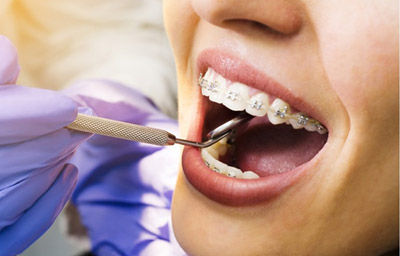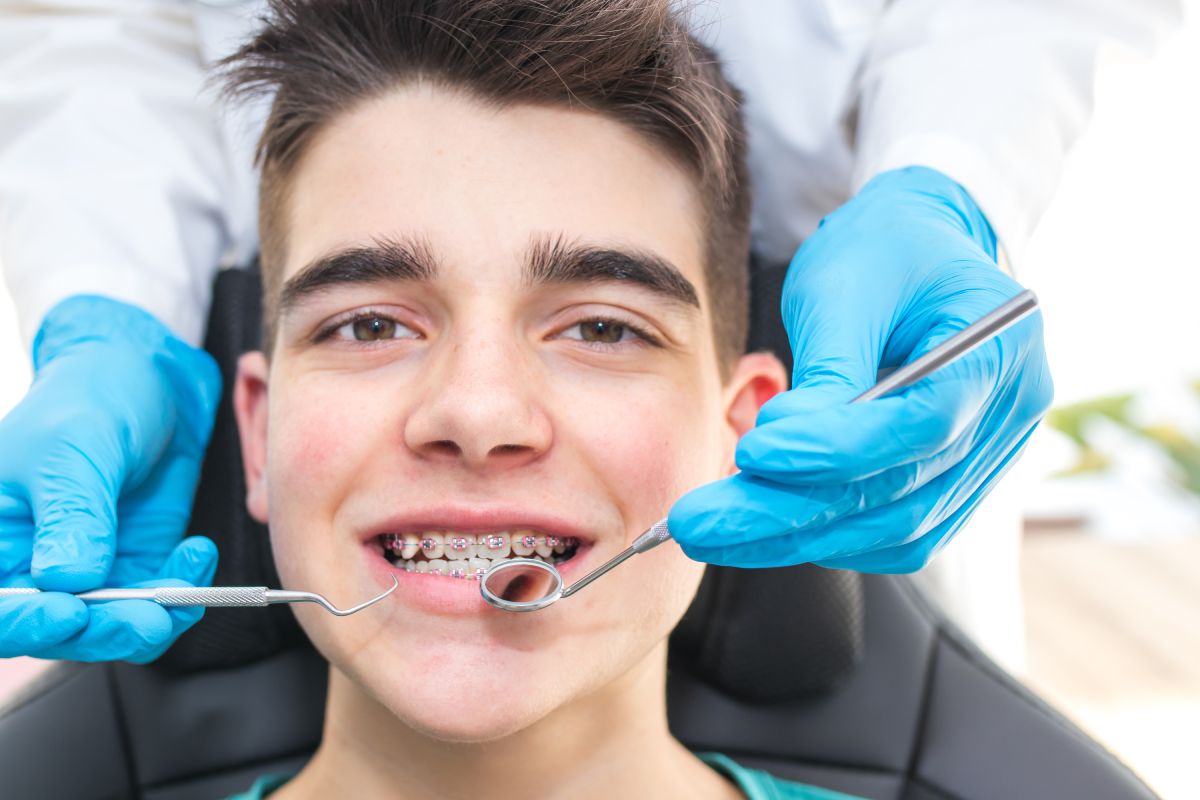Everything about Causey Orthodontics
Wiki Article
Some Known Factual Statements About Causey Orthodontics
Table of ContentsFascination About Causey OrthodonticsSome Ideas on Causey Orthodontics You Need To KnowThe Greatest Guide To Causey OrthodonticsGetting The Causey Orthodontics To WorkAll about Causey OrthodonticsThe Facts About Causey Orthodontics RevealedCausey Orthodontics - An Overview
What is the difference in between a dental practitioner and an orthodontist? All dentists, consisting of orthodontists, deal with the teeth, gum tissues, jaw and nerves.
You can believe of both physicians who deal with gum and teeth issues. The main difference is that becoming an orthodontist needs a certain specialized in dealing with the misalignment of the teeth and jaw.
7 Simple Techniques For Causey Orthodontics
An orthodontist is a dental professional that has actually undertaken training to focus on the medical diagnosis, avoidance and therapy of irregularities in the jaw and teeth. Their training includes remedying these existing problems. They can also identify prospective issues in teeth placement that might establish when conditions are left without treatment. Orthodontists can assist individuals of any ages.
This consists of all the required education to end up being a basic dental expert. According to the American Student Dental Association (ASDA), it means you will need to have either a Physician of Medication in Dental Care (DMD) or a Physician of Dental Surgical Treatment (DDS). Simply put, orthodontists need to finish dental college and after that acquire an orthodontics specialty education.
Some orthodontists additionally get their masters in craniofacial biology. These programs concentrate on two certain locations or techniques: Dentofacial Orthopedics: This research study concentrates on guiding teeth and jaw growth.
Some Of Causey Orthodontics

 The overall goal of an orthodontist is to improve a client's bite. Not everybody is born with straight teeth, and an orthodontist will make certain that individuals obtain uniformly spaced straight teeth.
The overall goal of an orthodontist is to improve a client's bite. Not everybody is born with straight teeth, and an orthodontist will make certain that individuals obtain uniformly spaced straight teeth.
Excitement About Causey Orthodontics
The American Organization of Orthodontists suggests your first check up by age 7. You'll require to see your orthodontist if you have an imbalance in your teeth, additionally known as malocclusion. Additionally, if you see uneven bite patterns, a somewhat askew jaw, or when your teeth are jammed, you will likely need orthodontic treatment.At Advanced Orthodontics, we provide individuals with a holistic treatment experience. Additionally, we provide flexible treatment routines, adaptable settlement alternatives and a fun, delightful experience. Call ( 480) 357-4900 today for additional information and timetable a visit.
An orthodontist is a dental practitioner educated to diagnose, prevent, and treat teeth and jaw abnormalities. They correct existing problems and are trained to determine troubles that may develop in the future. Orthodontists deal with people of any ages, from youngsters to grownups. Individuals frequently connect a perfect smile with healthiness.
The 6-Minute Rule for Causey Orthodontics
Malocclusion, or misaligned teeth, can lead to dental problems, including dental cavity, gum tissue disease, and hard or painful eating. Not everybody is born with straight teeth. If you have a negative bite or huge areas in between your teeth, you may desire to speak with a dental expert concentrating on orthodontic care.(Image Credit Rating: DigitalVision/Getty Images) Orthodontists utilize dealt with and detachable dental tools, like dental braces, retainers, and bands, to alter the placement of teeth in your mouth. Orthodontic treatment is for dental irregularities, consisting of: Uneven teethBite problems, like an overbite or an underbiteCrowded teeth or teeth that are also far apartJaw misalignmentThe objective of orthodontic treatment is to boost your bite.
6 Simple Techniques For Causey Orthodontics

All orthodontists are dental experts, however not all dentists are orthodontists. Orthodontic residency programs provide intensive, concentrated instruction for dental professionals. They focus on 2 locations: Exactly how to properly and safely move teeth How to properly direct growth in the teeth, jaw, and faceOnce an orthodontist has finished training, they have the option to end up being board accredited.
Malocclusion leads to tooth overcrowding, an askew jaw, or irregular bite patterns. Malocclusion is generally treated with: Your orthodontist affixes steel, ceramic, or plastic square bonds to your teeth.
Causey Orthodontics Can Be Fun For Anyone
If you have only small malocclusion, you may have the ability to make use of clear dental braces, called aligners, rather of traditional braces. Some individuals need a headwear to help relocate teeth right into line with stress from outside the mouth. After braces or aligners, you'll need to use a retainer. A retainer is a custom tool that keeps your teeth in position.Report this wiki page